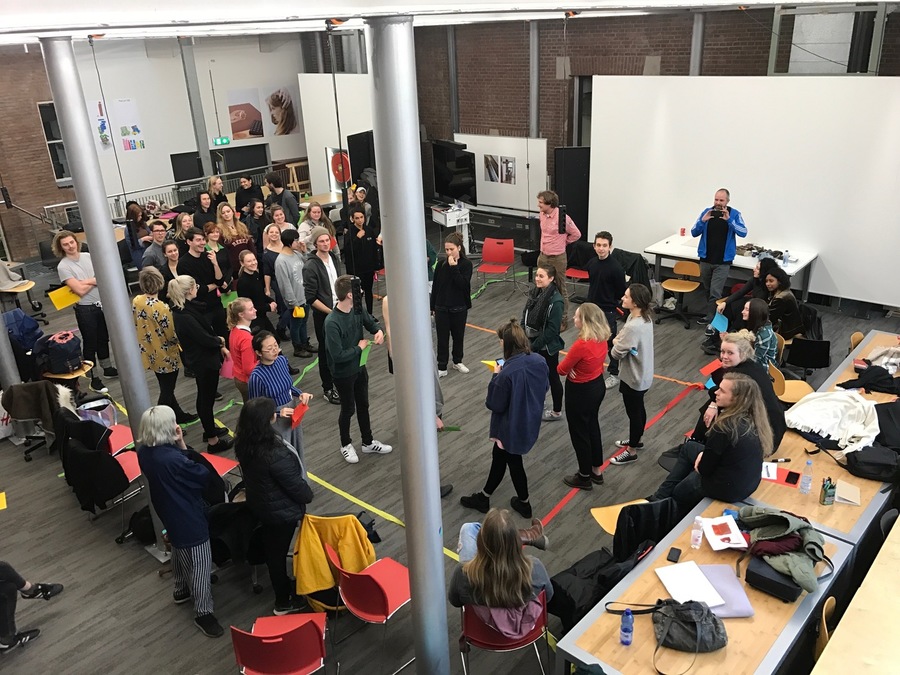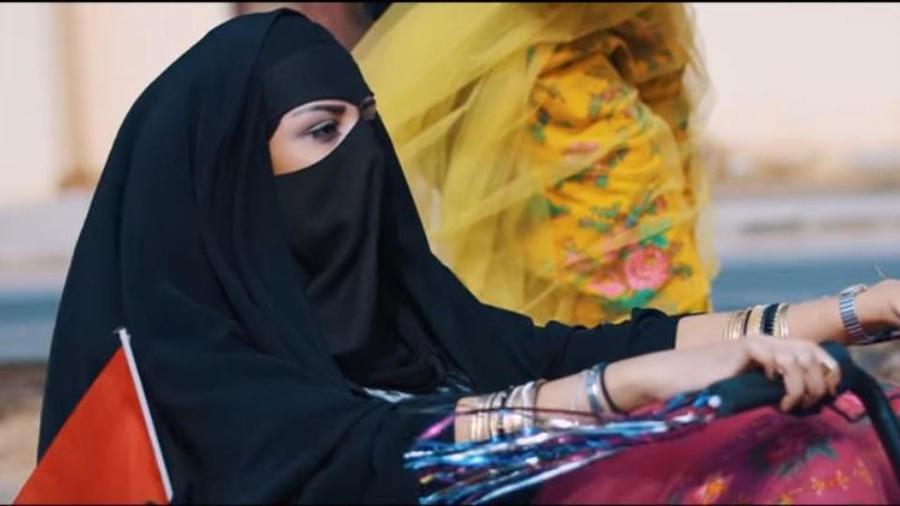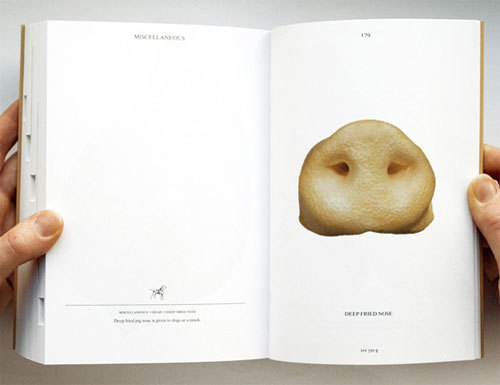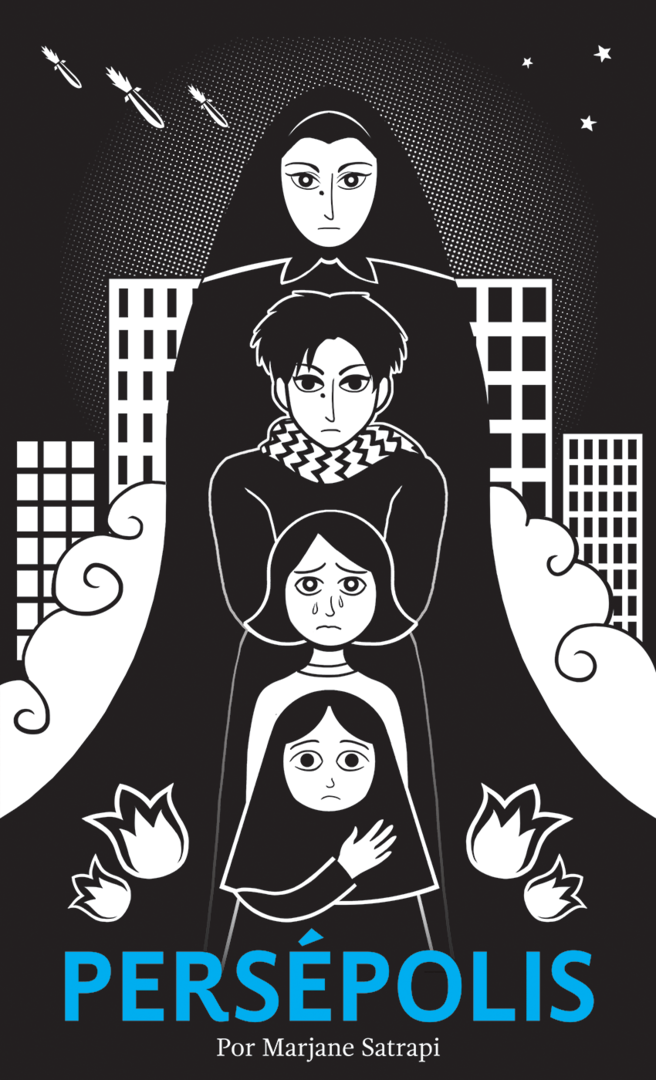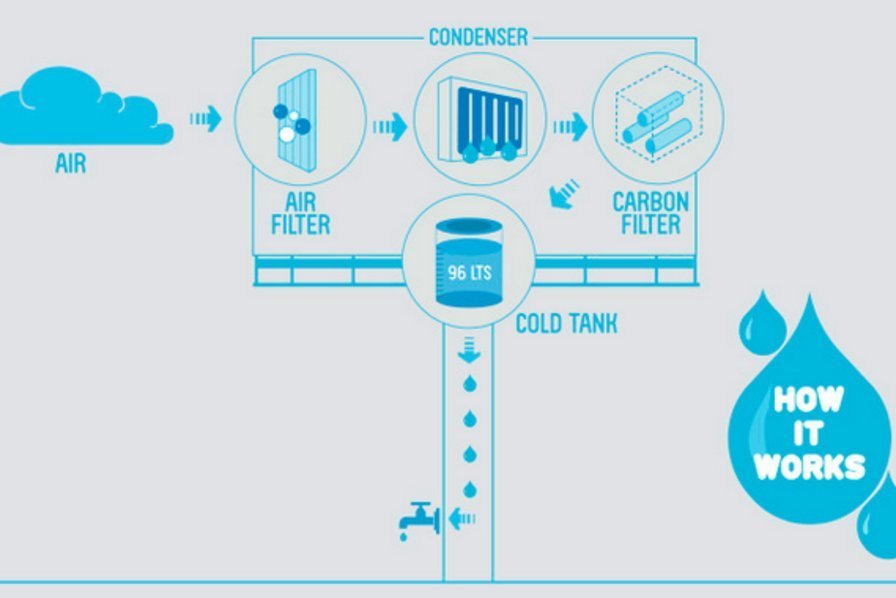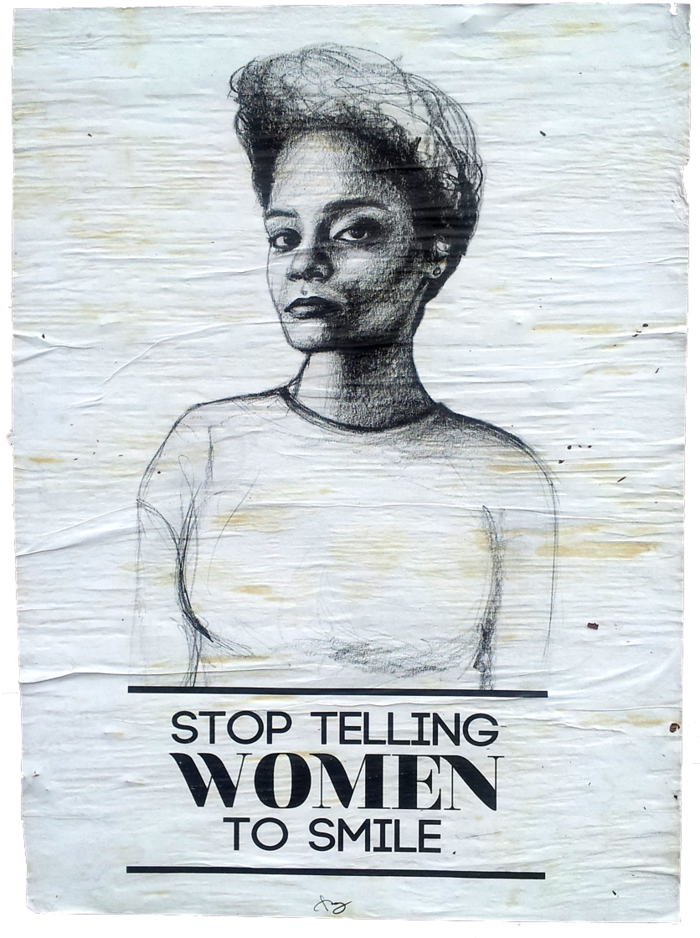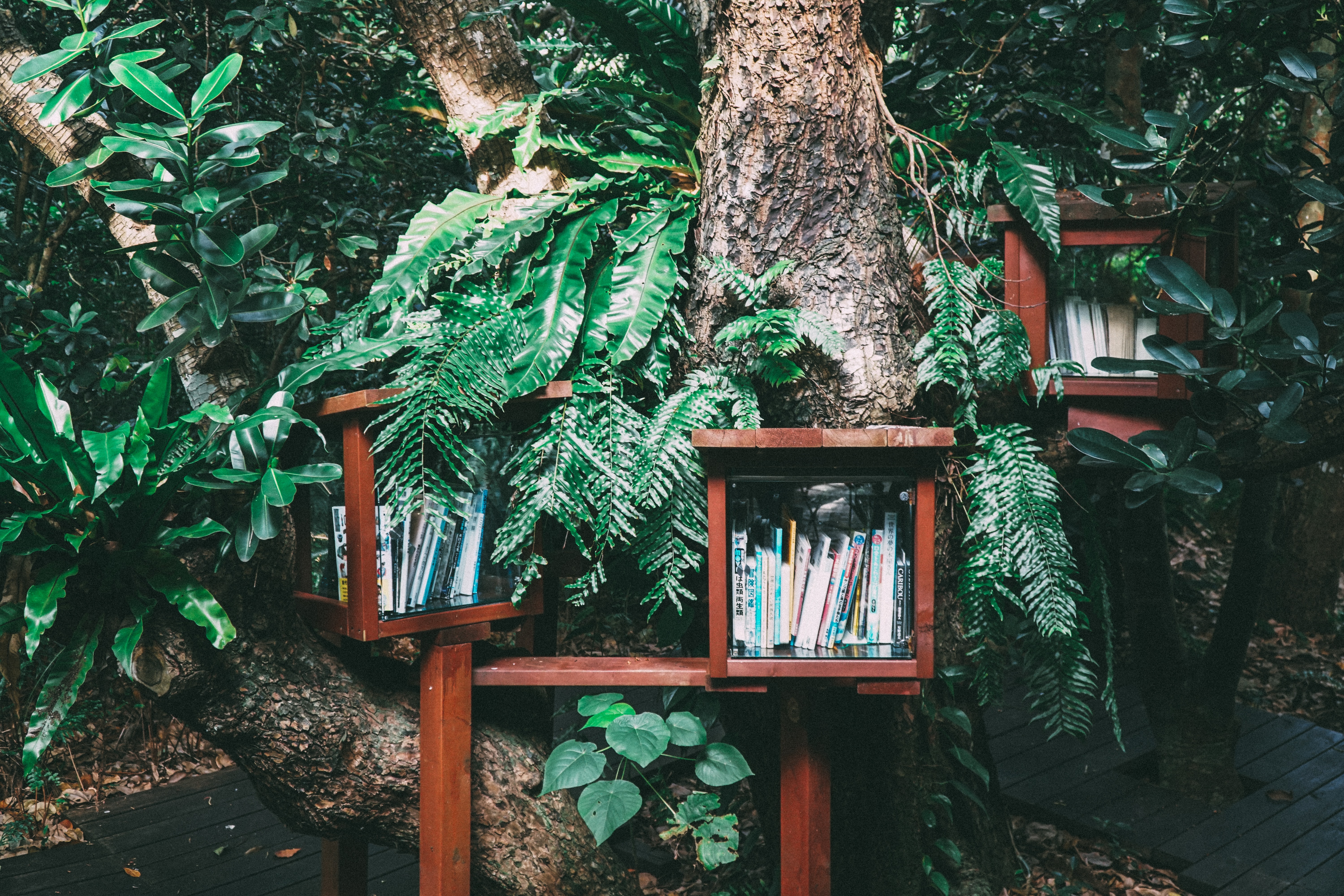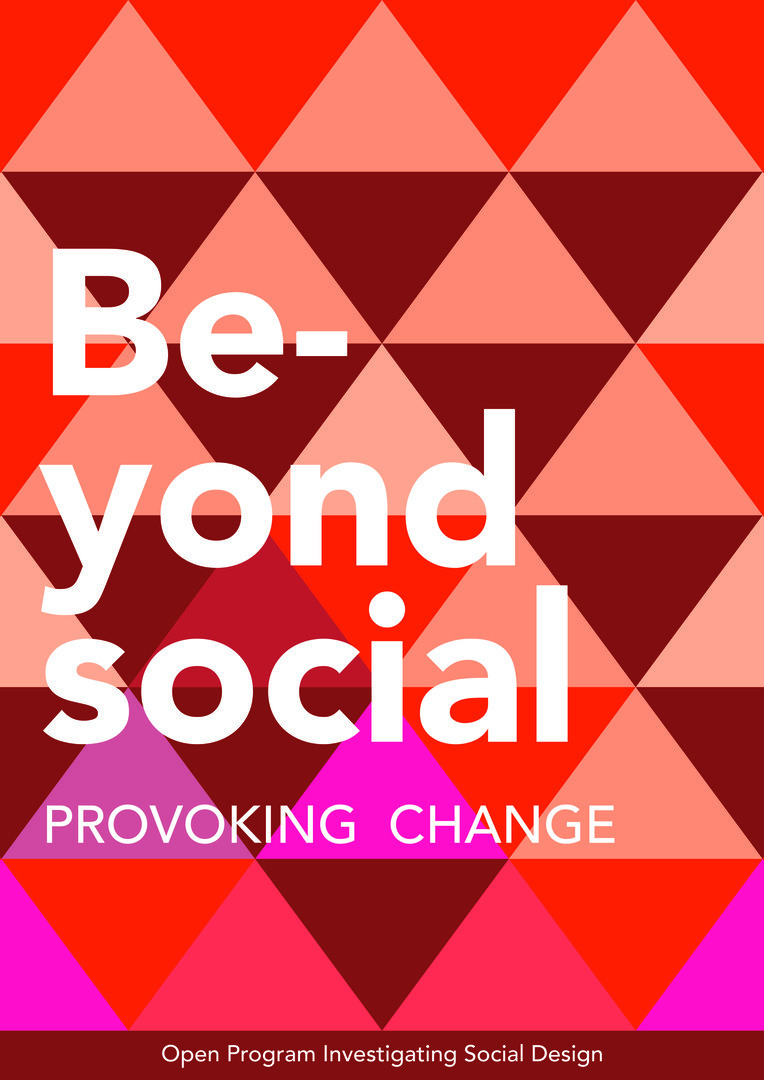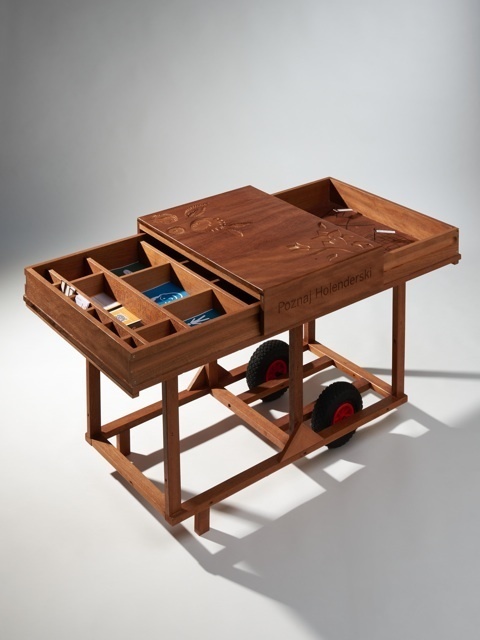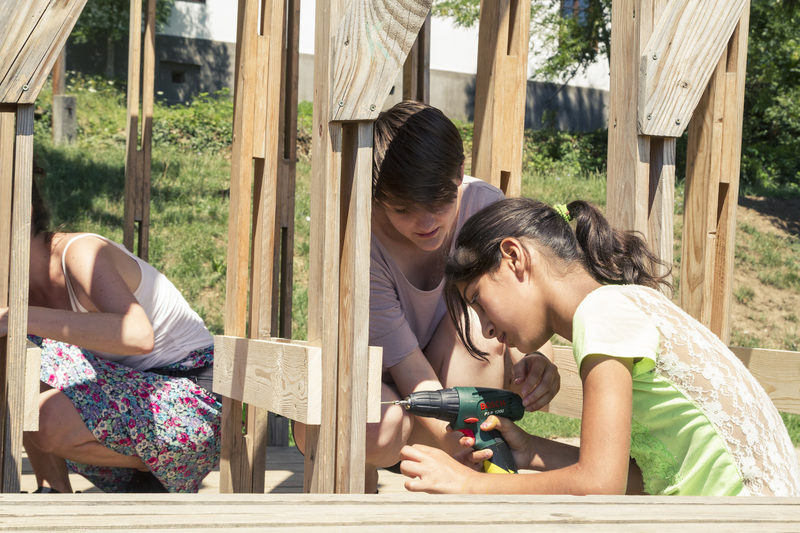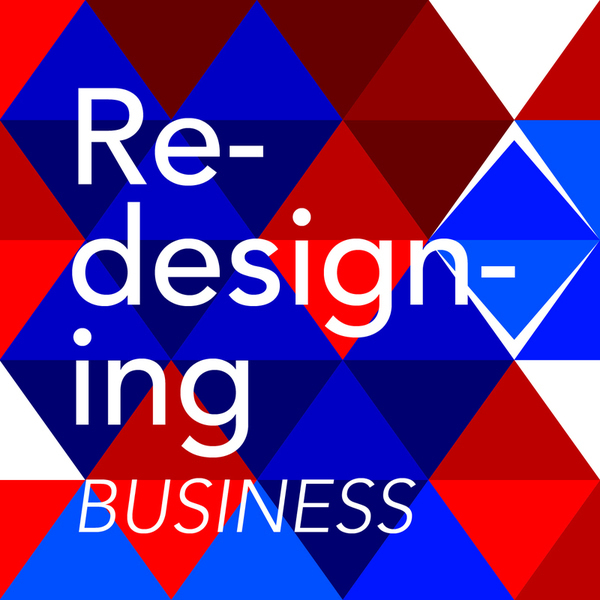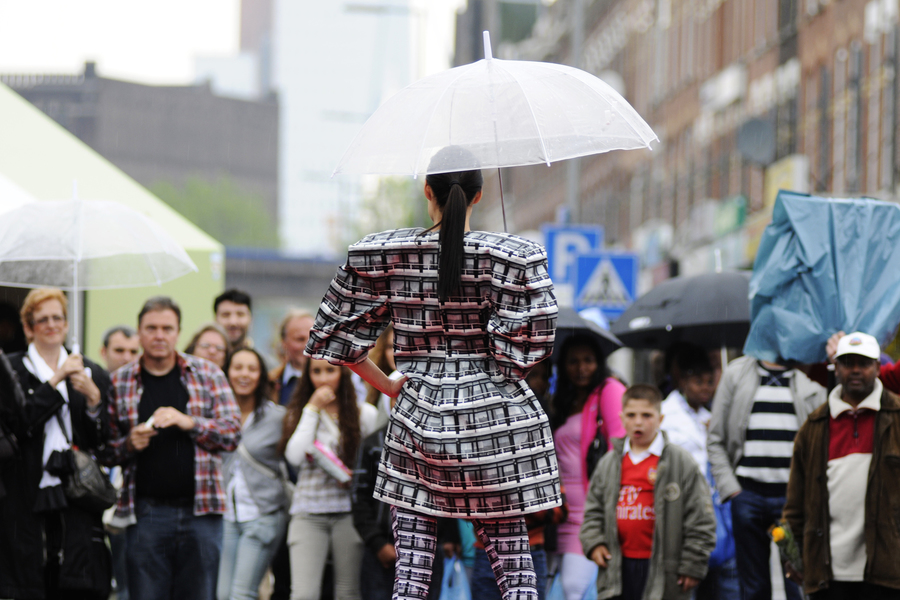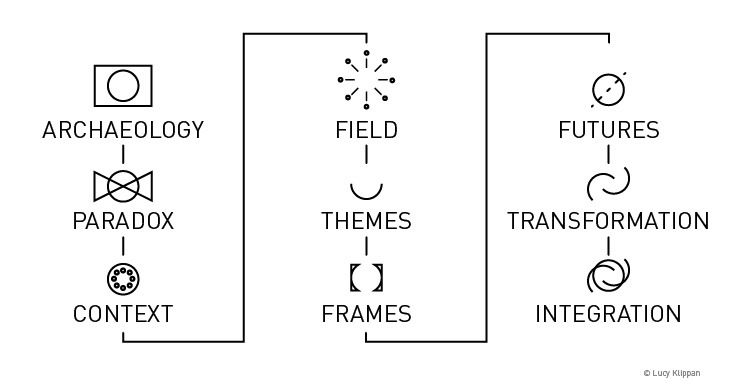Difference between revisions of "Social Design Projects and Positions"
| (11 intermediate revisions by 2 users not shown) | |||
| Line 1: | Line 1: | ||
| + | {{Editor selection | ||
| + | |Editor=Remko | ||
| + | }} | ||
{{Editorial | {{Editorial | ||
| − | |||
| − | |||
|Image=Positioning projects.jpg | |Image=Positioning projects.jpg | ||
|Caption=Photo: Workshop Social Practices Q7 | |Caption=Photo: Workshop Social Practices Q7 | ||
| − | |Intro | + | |Intro=There are a number of ways in which to look at social art and design practices. This editorial contains a group of articles in which students were asked to document their favourite community art project. Then, they were asked to assess them based on two different frameworks. The first framework focusses on transformative and artistic power and involvement of the community, while the second adds a political dimension to the positioning. These are discussed by students in Beyond Social in a traditional wiki way (using the accompanying discussion pages). In this way, Beyond Social will slowly develop a mapping of social art and design based on communal agreement on the positioning in these frameworks. |
== Core Qualities == | == Core Qualities == | ||
| − | The first framework is a well-known framework in The Netherlands and Belgium and focusses on the four core qualities in participatiry art practices< | + | The first framework is a well-known framework in The Netherlands and Belgium and focusses on the four core qualities in participatiry art practices<sup>1</sup> These core qualities are: |
| + | |||
* Artistic: particiartory art is using imaginative and creative force for change; | * Artistic: particiartory art is using imaginative and creative force for change; | ||
* Contextual: it is tailor-made for a socio-political issue; | * Contextual: it is tailor-made for a socio-political issue; | ||
| Line 14: | Line 16: | ||
== Pascal Gielens community arts framework == | == Pascal Gielens community arts framework == | ||
| − | The second framework draws on a chapter in Pascal Gielens book called ''Mapping Community Arts''< | + | The second framework draws on a chapter in Pascal Gielens book called ''Mapping Community Arts''<sup>2</sup>. In it, Gielen argues for a distinction between the following (gradual) dichotomies: |
* Digestive versus Subversive: When a community arts project generally accepts the current hegemonies and accompanying power structures, the work is seen as digestive. When the work challenges these power structures, it is seen as subversive. | * Digestive versus Subversive: When a community arts project generally accepts the current hegemonies and accompanying power structures, the work is seen as digestive. When the work challenges these power structures, it is seen as subversive. | ||
| − | * Auto-relational vs Allo-relational. When in the end the artists own signature is more important than the communities', a work is called auto-relational. When, on the other hand, the position of the author is subservient to that of the community. | + | * Auto-relational vs Allo-relational. When in the end the artists own signature is more important than the communities', a work is called auto-relational. When, on the other hand, the position of the author is subservient to that of the community, the work is called allo-relational. |
== Notes == | == Notes == | ||
| − | + | 1. Demos & CAL-XL(2015), ''Art in Transition: Manifesto for Particpatory Art Practices'', edited by Sandra Trienekens & Wouter Hillaert, EAN: 9789491938047, Obtained at http://demos.be/sites/default/files/kunst_in_transitie_en_final.pdf. | |
| + | 2. Gielen, P. J. D. (2011). Mapping Community Art. In P. Gielen, & P. De Bruyne (Eds.), ''Community Art. The Politics of Trespassing''. (pp. 15 - 33). Amsterdam: Valiz. The editor gave a presentation on this field which can be found [http://prezi.com/gjntidba-qbd/?utm_campaign=share&utm_medium=copy at Prezi]. | ||
| + | }} | ||
| + | {{Article Selection | ||
| + | |Article=Hwages review | ||
| + | |Notes=This article reviews a youtube movie that criticises in an artistic way the position of woman in Saudi Arabia. It shows how visualisation can be used as an effective method to criticise social inequality. Furthermore, the author argues that the medium of Youtube with the possibility of discussion gives it an extra social dimension, since it maps feelings around such strong issues. | ||
| + | }} | ||
| + | {{Article Selection | ||
| + | |Article=Pig 05049 | ||
| + | |Notes=Article on Meindertsma's work of disclosing to the public the origin of pig meat. It suggests on how [[Open Design]] can add to its development and impact. | ||
}} | }} | ||
{{Article Selection | {{Article Selection | ||
| − | | | + | |Article=Persepolis |
| + | |Notes=A well-written article on a graphic novel and animated film called Persepolis. While showing strong autonomous tendencies, the author successfully argues why this should be seen as a form of auto relational and subversive social art (perhaps with some autonomous tendencies). | ||
}} | }} | ||
{{Article Selection | {{Article Selection | ||
| − | | | + | |Article=Drinking water out of a billboard |
| + | |Notes=Clear and well-structured article on a social engineering project In which billboards are used to generate drinking water. | ||
}} | }} | ||
{{Article Selection | {{Article Selection | ||
| − | | | + | |Article=Stop Telling People To Smile - Tatyana Fazlalizadeh |
| + | |Notes=An analysis of an ongoing participatory and travelling social artwork in which women are given credit by giving them a stage via photos in locations where they feel unsafe. Very well documented and suggested how this can be implemented as a project in Rotterdam. | ||
}} | }} | ||
| − | {{ | + | {{Editorials more}} |
| − | |||
Latest revision as of 13:09, 6 June 2018
Introduction
There are a number of ways in which to look at social art and design practices. This editorial contains a group of articles in which students were asked to document their favourite community art project. Then, they were asked to assess them based on two different frameworks. The first framework focusses on transformative and artistic power and involvement of the community, while the second adds a political dimension to the positioning. These are discussed by students in Beyond Social in a traditional wiki way (using the accompanying discussion pages). In this way, Beyond Social will slowly develop a mapping of social art and design based on communal agreement on the positioning in these frameworks.
Core Qualities
The first framework is a well-known framework in The Netherlands and Belgium and focusses on the four core qualities in participatiry art practices1 These core qualities are:
- Artistic: particiartory art is using imaginative and creative force for change;
- Contextual: it is tailor-made for a socio-political issue;
- Participatory: it involves civilians and institutions in the process and creates leeway to redefine their relations and visions;
- Transformative: it acts to incite new action perspectives and critical reflection to a broad audience.
Pascal Gielens community arts framework
The second framework draws on a chapter in Pascal Gielens book called Mapping Community Arts2. In it, Gielen argues for a distinction between the following (gradual) dichotomies:
- Digestive versus Subversive: When a community arts project generally accepts the current hegemonies and accompanying power structures, the work is seen as digestive. When the work challenges these power structures, it is seen as subversive.
- Auto-relational vs Allo-relational. When in the end the artists own signature is more important than the communities', a work is called auto-relational. When, on the other hand, the position of the author is subservient to that of the community, the work is called allo-relational.
Notes
1. Demos & CAL-XL(2015), Art in Transition: Manifesto for Particpatory Art Practices, edited by Sandra Trienekens & Wouter Hillaert, EAN: 9789491938047, Obtained at http://demos.be/sites/default/files/kunst_in_transitie_en_final.pdf. 2. Gielen, P. J. D. (2011). Mapping Community Art. In P. Gielen, & P. De Bruyne (Eds.), Community Art. The Politics of Trespassing. (pp. 15 - 33). Amsterdam: Valiz. The editor gave a presentation on this field which can be found at Prezi.
Selected articles
28 October 2018 21:36:10 by Rümeysa Önal
28 November 2017 09:42:55 by Iris Schutten
30 October 2018 16:47:28 by Rümeysa Önal
27 October 2018 15:34:42 by Rümeysa Önal
30 October 2018 20:01:42 by Rümeysa Önal
